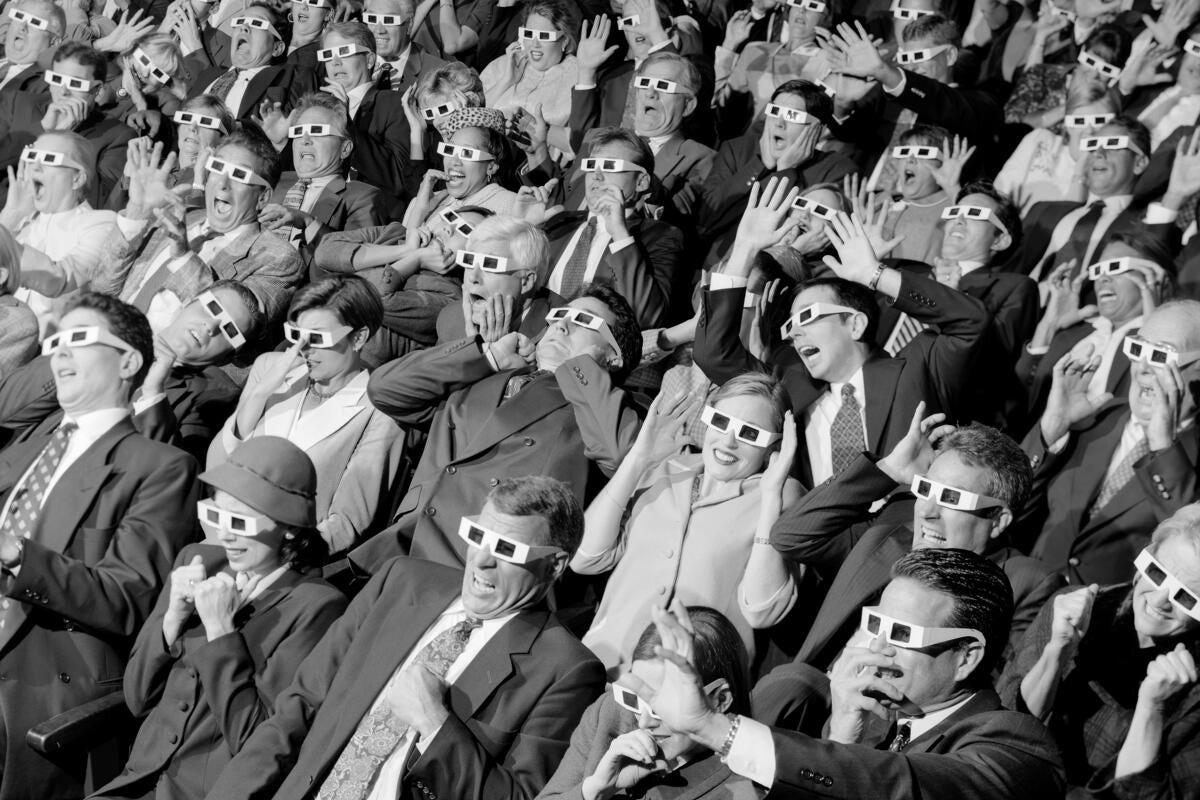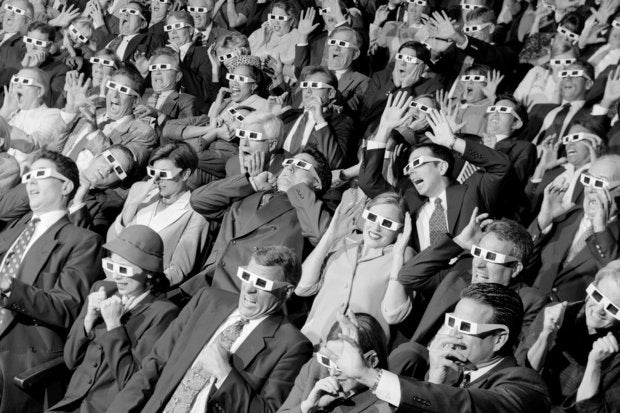
Apple’s take on augmented reality (AR) will leverage its existing solutions to deliver personalized experiences, with a particular focus on health, location and entertainment.
Why do I think this?
Yesterday I broke the news that Apple is working with a company called Dent Reality on indoor-mapping technologies. The smaller company has been working with ARKit since the system made its debut.
Now, it uses Apple’s Indoor Maps ecosystem to provide highly accurate indoor mapping solutions it claims are highly accurate and don’t require beacons. The focus of the demonstrations on the Dent Reality site are very much on navigating shopping centers and malls, but this can easily be extended.
The key is how the system works. On its website, Dent Reality explains:
“We’ve re-imagined how an indoor map should be designed, to match people’s perceptions of the indoor environment. It displays more info when you need it, and is engineered to work seamlessly side-by-side with the AR experience. Hold your phone down, we show the map. Hold your phone up, you’re in AR.”
In other words, you explore virtual experiences in two ways – on your phone, or using AR googles with information overlaid above what you see.
That’s a step toward..
The (augmented) human interface
Apple failed in its recent attempt to acquire Plessey Semiconductor. One of the world’s few manufacturers of microLEDs used in AR displays, Plessey chose to take a tech licensing and supply deal with Facebook.
Announcing this news, the company said:
“We have decided to work with Facebook to help achieve their vision of the next computing platform centred around people.”
(Italics mine).
Facebook plans to use the technology to build AR glasses. That’s clearly set to be competition for Apple, which we know is attempting to build something similar.
What’s interesting about Plessey is its statement that the company seems to have preferred Facebook’s vision for a “next computing platform centred around people.”
Explore Plessey’s site, and you’ll find augmented humans are prevalent across the many illustrative uses of its technology. Examples include:
- Swimming goggles that provide wearers with information on depth, speed and vital signs.
- Ski googles that provide similar data points.
- Car windshields that provide access to relevant data as you drive.
Each one of these is an appealing application for AR – and Apple’s interest in the company suggests it has similar deployments in mind.
Apple’s own patents (and its rich seam of previous AR-related acquisitions) show the same thing. They include AR communication patents, virtual physical objects and even advanced VR gloves for use in AR. Patently Apple keeps a useful list.
Apple’s own AR apps
Earlier this month, 9to5Mac claimed Apple is building its own AR app, code-named Gobi. Gobi is described as a solution that augments what you see on your iPhone with additional information.
Apple is apparently developing it so retail store visitors can quickly access pricing and product information at an Apple Store; the app will also support some form of API that third-party developers can use to build their own experiences using the technology.
In a similar vein, Apple is reportedly developing an AR-based user interface for a revamped version of its Find My app it intends on introducing in iOS 14. This will make it easier to locate friends and Apple products, and is designed to work with the company’s rumored Tile-competing AirTags as an AR-based interface to find lost things.
I’ve also heard claims the company is developing some form of immersive AR-based bowling game.
It is important to consider the significance of Apple’s addition of LiDAR to the iPad Pro, which means the tablet can become a very capable tool for indoor mapping, object identification, and precise AR-based experiences.
And, of course, there were the recent apocryphal claims around a new AR controller design hidden inside Apple’s iOS code.
Put it all together and what have we got?
Apple incrementally builds and improves its technologies. One of the best examples of this being the iPhone, whose existence goes back both to Unix/Mac/NeXT and iTunes. With this in mind, when thinking about Apple’s future it makes sense to put speculation through a filter based around those things it already makes.
Take Maps, Arcade and Activity on the Apple Watch.
Each one of these solutions could make a leap to goggles.
- Look Around in Maps would help you find people (in AR mode), or help you familiarize yourself with a destination when planning a trip.
- Activity data would be useful on your goggles when you take a swim (which happens to be a usage case Plessey is exploring, as mentioned above). I believe health, including health provider applications, will be one of the key foundations around which Apple builds future AR products.
- Arcade games could get VR/AR element, an ooportunity that is hard to ignore.
One more thing
Plessey Semiconductor is one of a very few firms making microLED displays.
That Apple failed to acquire it suggests:
- Apple’s development has moved far enough forward that it must now secure future component supply.
- The company will now intensify efforts to license or acquire technologies from other companies that might fill this gap.
- Apple may already have reached a more complex arrangement (involving other trusted partners) with other players in the space.
- And it will soon need to discuss its plans a little more openly as it attempts to focus developers on AR experience development.
Perhaps this is one of the more substantial discussions to anticipate at Apple’s online WWDC event in 2020? It is also sadly true to suggest that virtual experiences and interactions will possibly play a greater part in everybody’s future than we thought.
Please follow me on Twitter, or join me in the AppleHolic’s bar & grill and Apple Discussions groups on MeWe.



